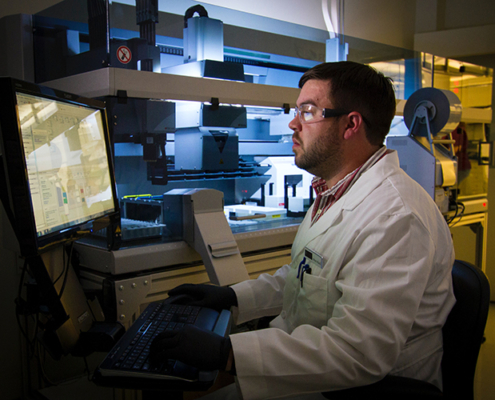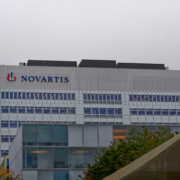GLP-1s can potentially cut cirrhosis, related complications in MASLD: study
GLP-1s can potentially cut cirrhosis, related complications in MASLD: study
GLP-1 receptor agonists appear to significantly reduce the risk of progression to cirrhosis—and its related complications—in patients with metabolic dysfunction-associated steatotic liver disease, according to a cohort study published Monday in JAMA Internal Medicine.
Drawing from the U.S. Veterans Health Administration Corporate Data Warehouse and Central Cancer Registry, the retrospective analysis looked at data from more than 16,000 patients who initiated treatment with GLP-1 receptor agonists. The study found that more than 14,600 patients did not have cirrhosis at baseline.
Compared with patients who took DPP-4 inhibitors, GLP-1 treatments reduced the risk of progressing to cirrhosis by 14%, an effect that was statistically significant. GLP-1 receptor agonists were also associated with significantly lower risks of cirrhosis complications and mortality, reducing the respective likelihoods by 22% and 11%.
If confirmed by clinical trials, the researchers contend that these findings point to the potential of GLP-1 receptor agonists as preventive treatments for cirrhosis and related complications in patients with diabetes and metabolic dysfunction-associated steatotic liver disease (MASLD).
By comparison, in the approximately 1,400 patients with cirrhosis at baseline, GLP-1 therapy did not significantly correlate with any of the target outcomes. This result underscores “the importance of treatment earlier in the disease course,” the researchers wrote.
GLP-1 receptor agonists comprise a rapidly growing class of therapies that work by mimicking the structure of the GLP-1 hormone to target and activate its corresponding receptor. The therapies promote the secretion of insulin from the pancreas in response to blood sugar levels and slow down gastric emptying to help suppress appetite.









